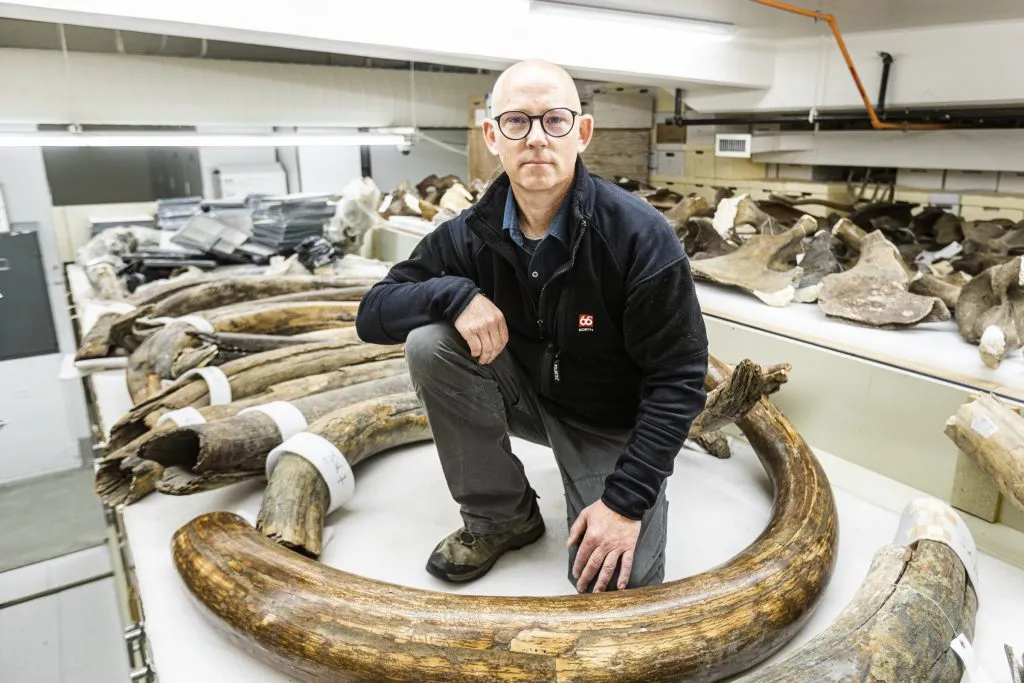The Proclaimers have nothing on this guy: a detailed analysis of a 17,000-year-old mammoth fossil unearthed in Alaska has found that the animal walked around 70,000km during its lifetime – enough to almost complete two full circuits of the Earth.
The discovery was made by researchers based at the University of Alaska Museum of the North by analysing the chemical composition of one of the two-metre-long tusks belonging to a mammoth fossil excavated on Alaska’s North Slope, above the Arctic Circle.
To date, little has been known about the lives and movements of woolly mammoths, and the study offers the first evidence that they wandered over vast distances.

“It’s not clear-cut if it was a seasonal migrator, but it covered some serious ground,” said University of Alaska Fairbanks researcher Prof Matthew Wooller, senior and co-lead author of the paper. “It visited many parts of Alaska at some point during its lifetime, which is pretty amazing when you think about how big that area is.”
In a manner akin to trees, mammoth tusks steadily added new layers of growth throughout their lives, resulting in a structure that ends up looking similar to a stack of ice cream cones.
The researchers were able to piece together the mammoth’s journey over its 28-year life by analysing the isotopic signatures of the elements strontium and oxygen found in the rings of its tusk and comparing them to an isotopic map of Alaska created from using the same technique on the teeth of hundreds of small rodents found in the museum’s collection.
“From the moment they’re born until the day they die, they’ve got a diary and it’s written in their tusks,” said Dr Pat Druckenmiller, director of the UA Museum of the North. “Mother Nature doesn’t usually offer up such convenient and lifelong records of an individual’s life.”
Read more about mammoths:
- Can we bring extinct animals back from the dead?
- What did the woolly mammoth eat?
- Who are the hunters of rare mammoth tusks in Russia?
An abrupt change in the chemical composition of the tusk occurred when the mammoth was 15 years old, indicating that it may have been kicked out of the herd – a behaviour seen in some modern-day elephants. There was also a significant spike in nitrogen found in the tusk during the final winter of the animal’s life. This suggests it may have starved to death, the researchers say.
In addition to shedding light on the behaviour of now-extinct animals, the research could also provide insight into the behaviour of many animals living today, as many species adapt their movement patterns with the shifting climate.
“The Arctic is seeing a lot of changes now, and we can use the past to see how the future may play out for species today and in the future,” Wooller said. “Trying to solve this detective story is an example of how our planet and ecosystems react in the face of environmental change.”